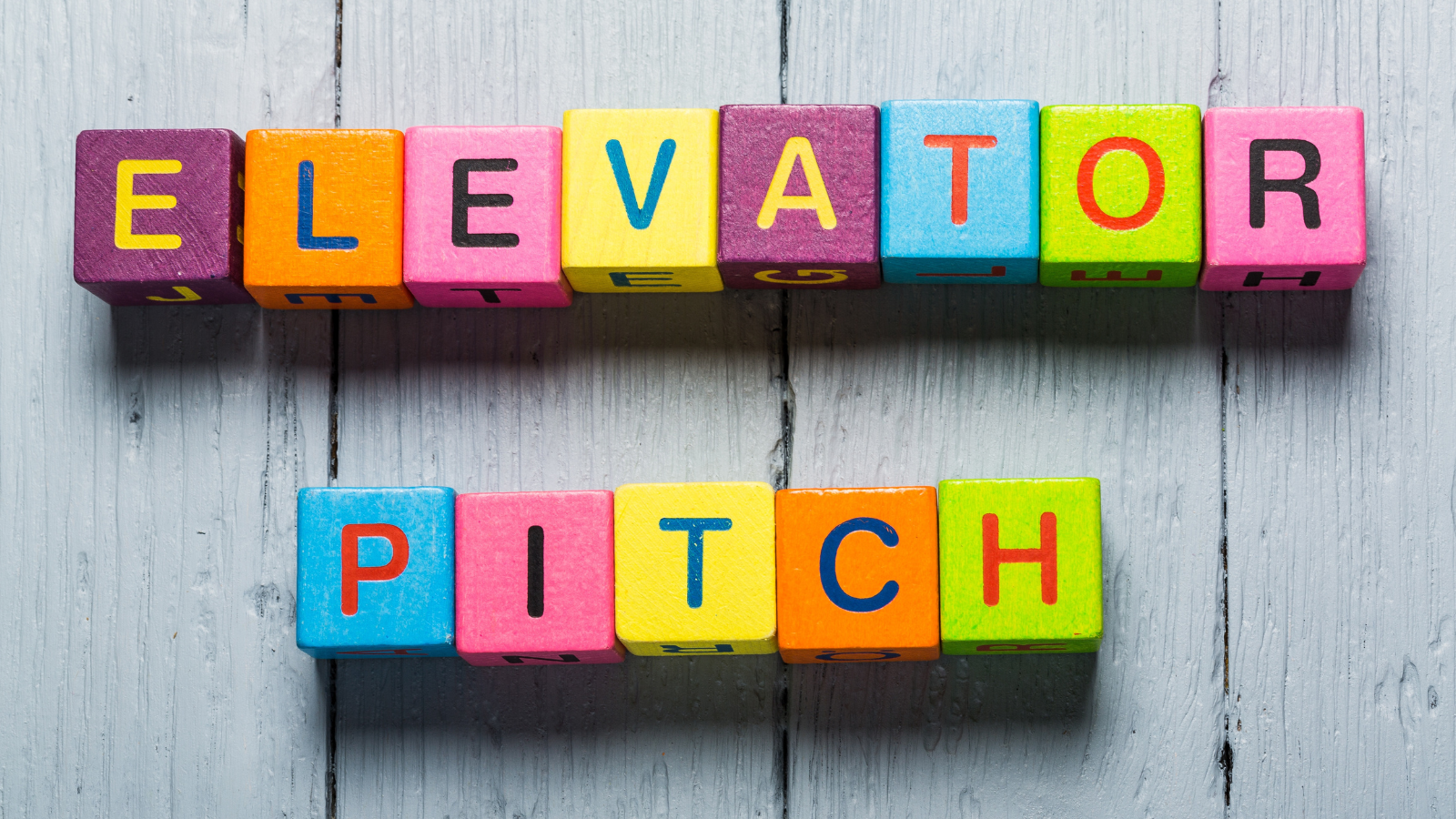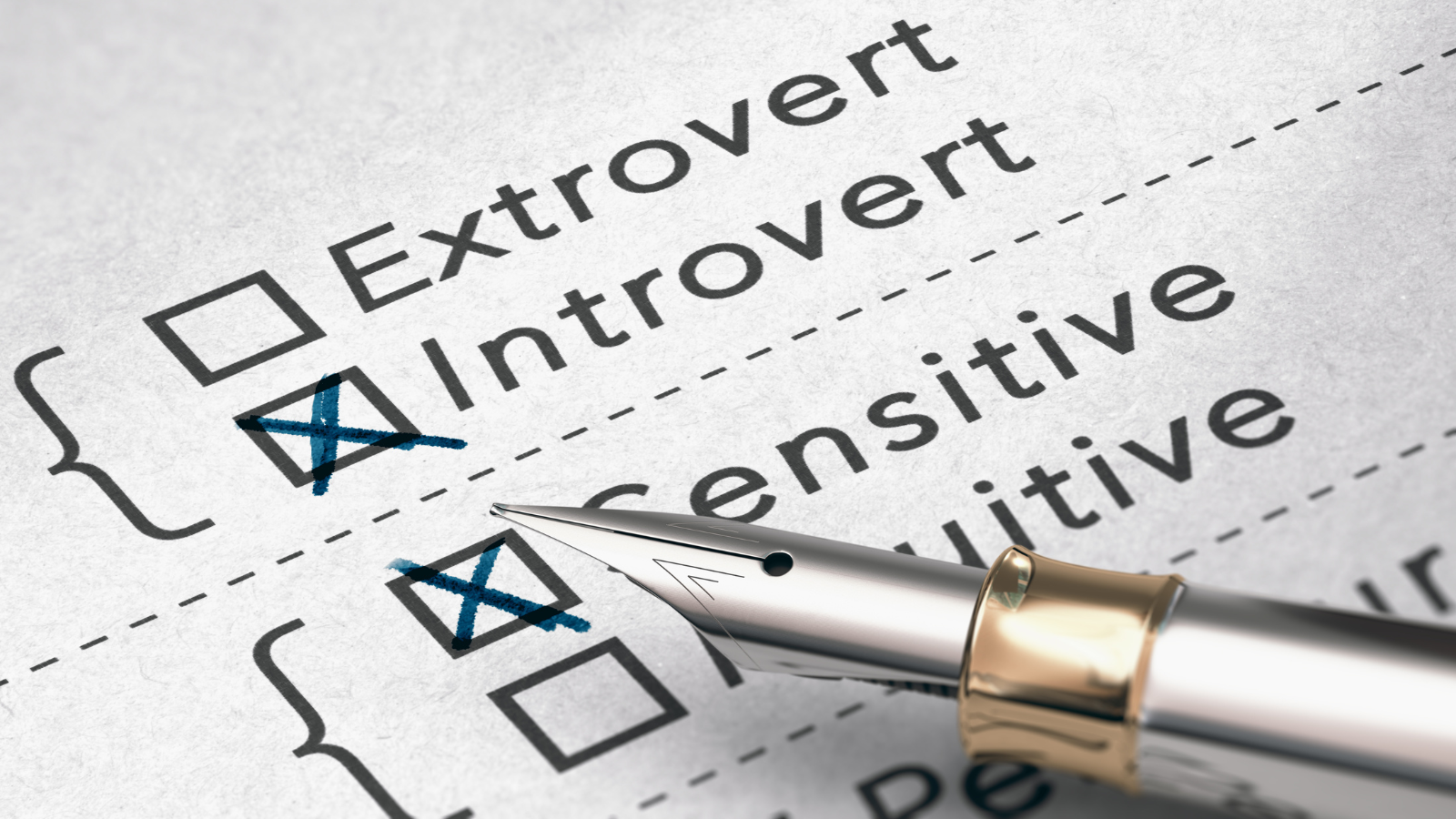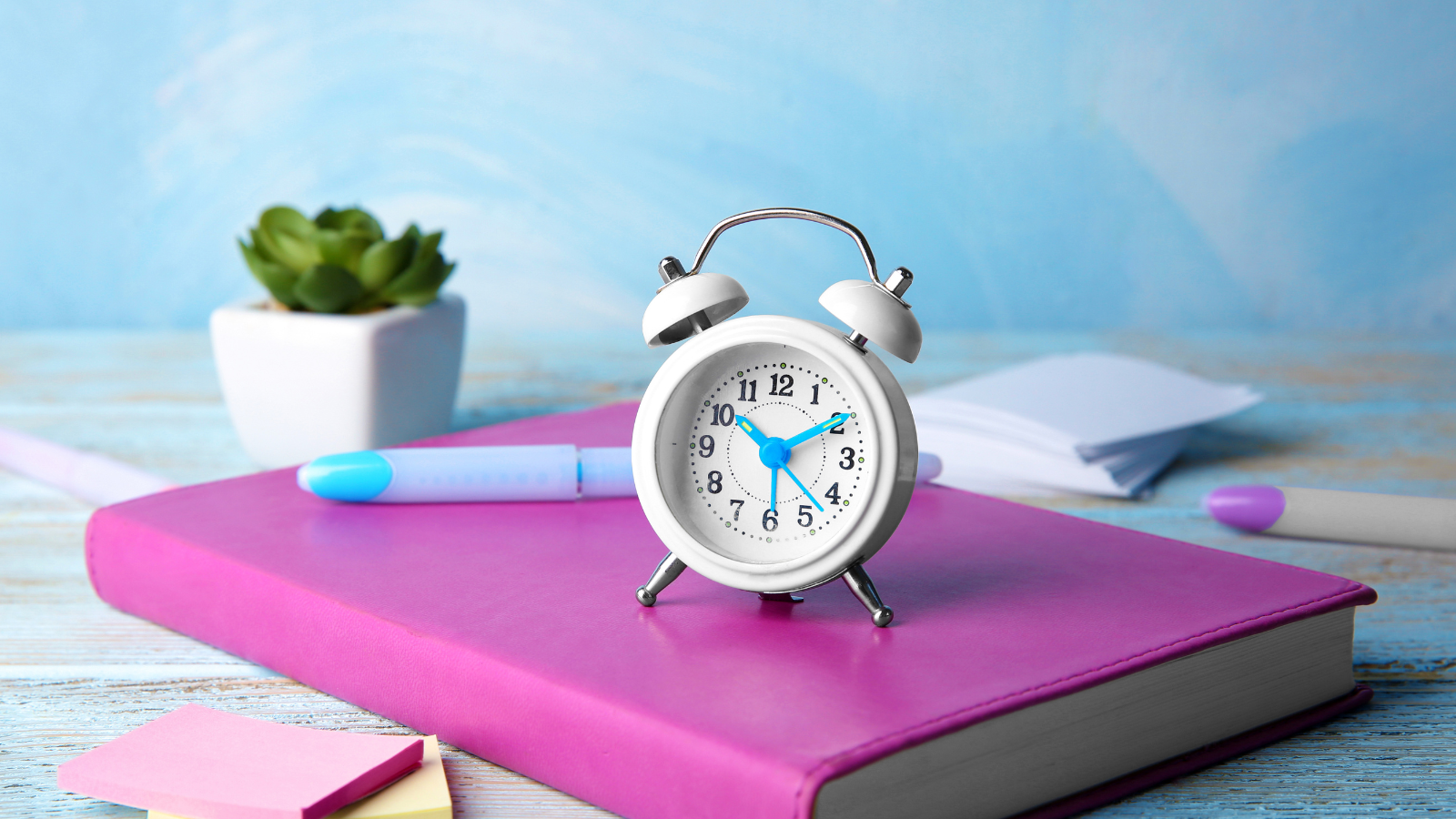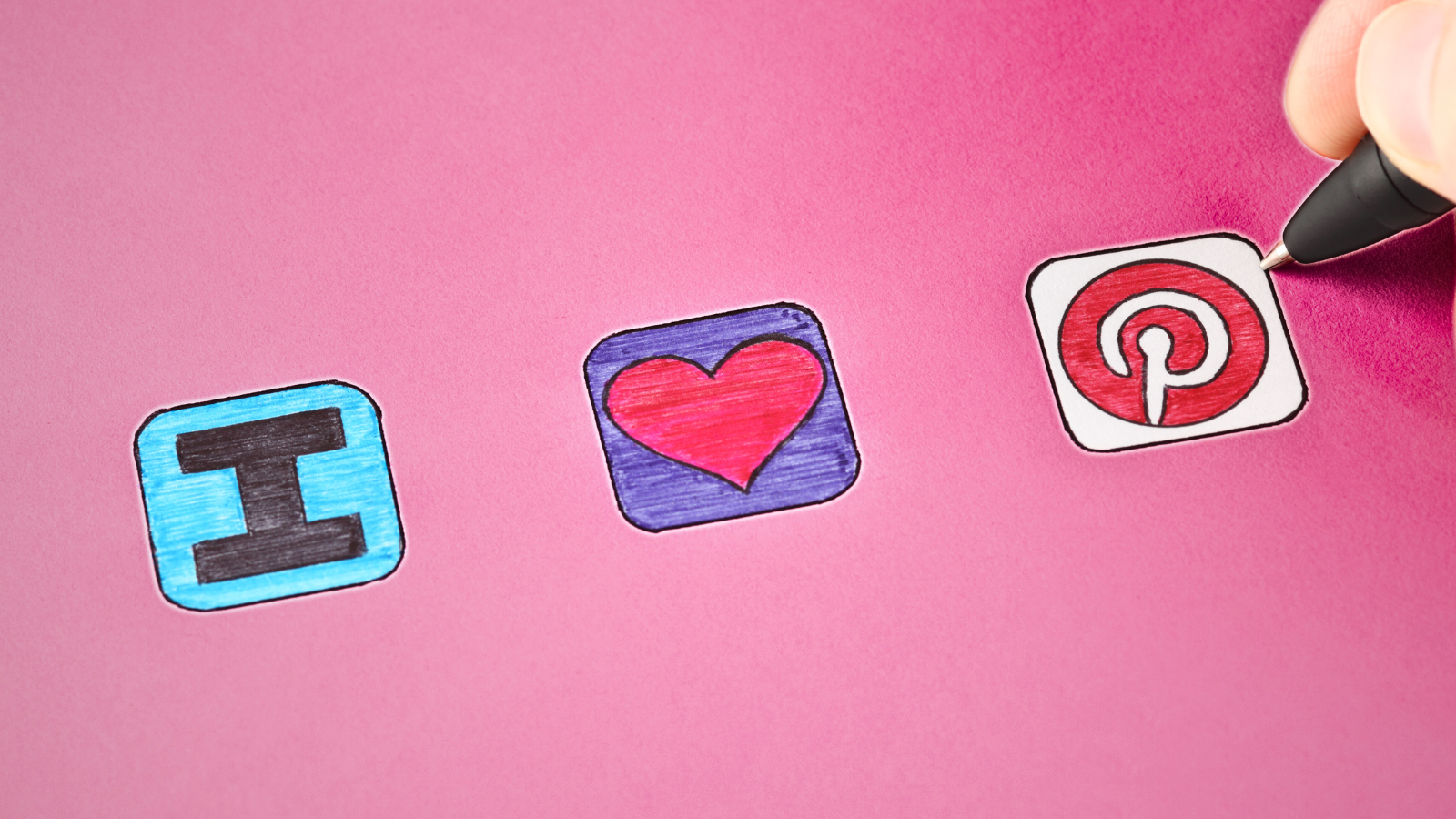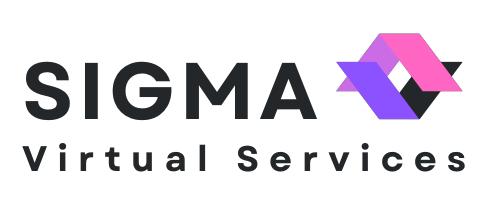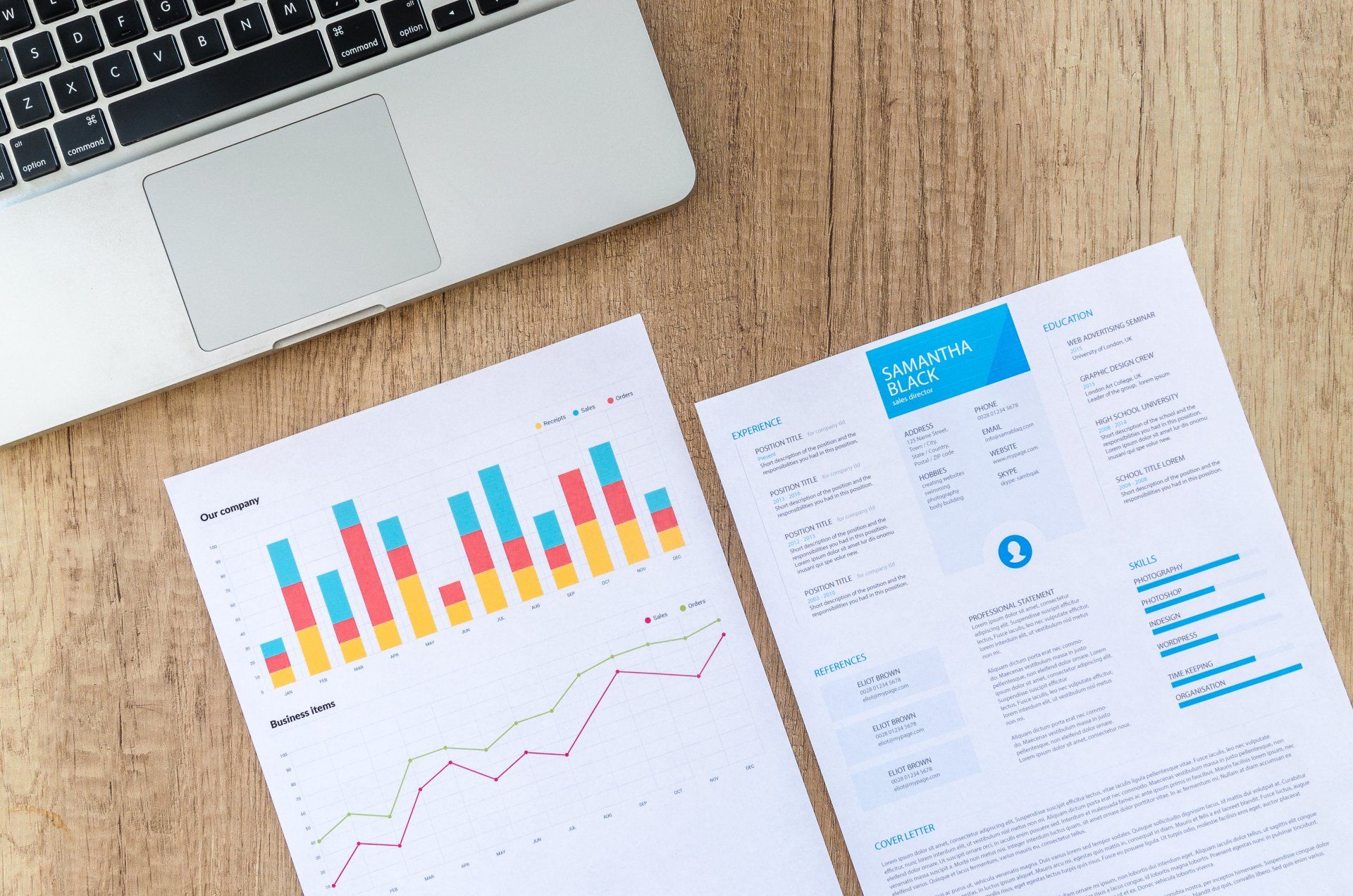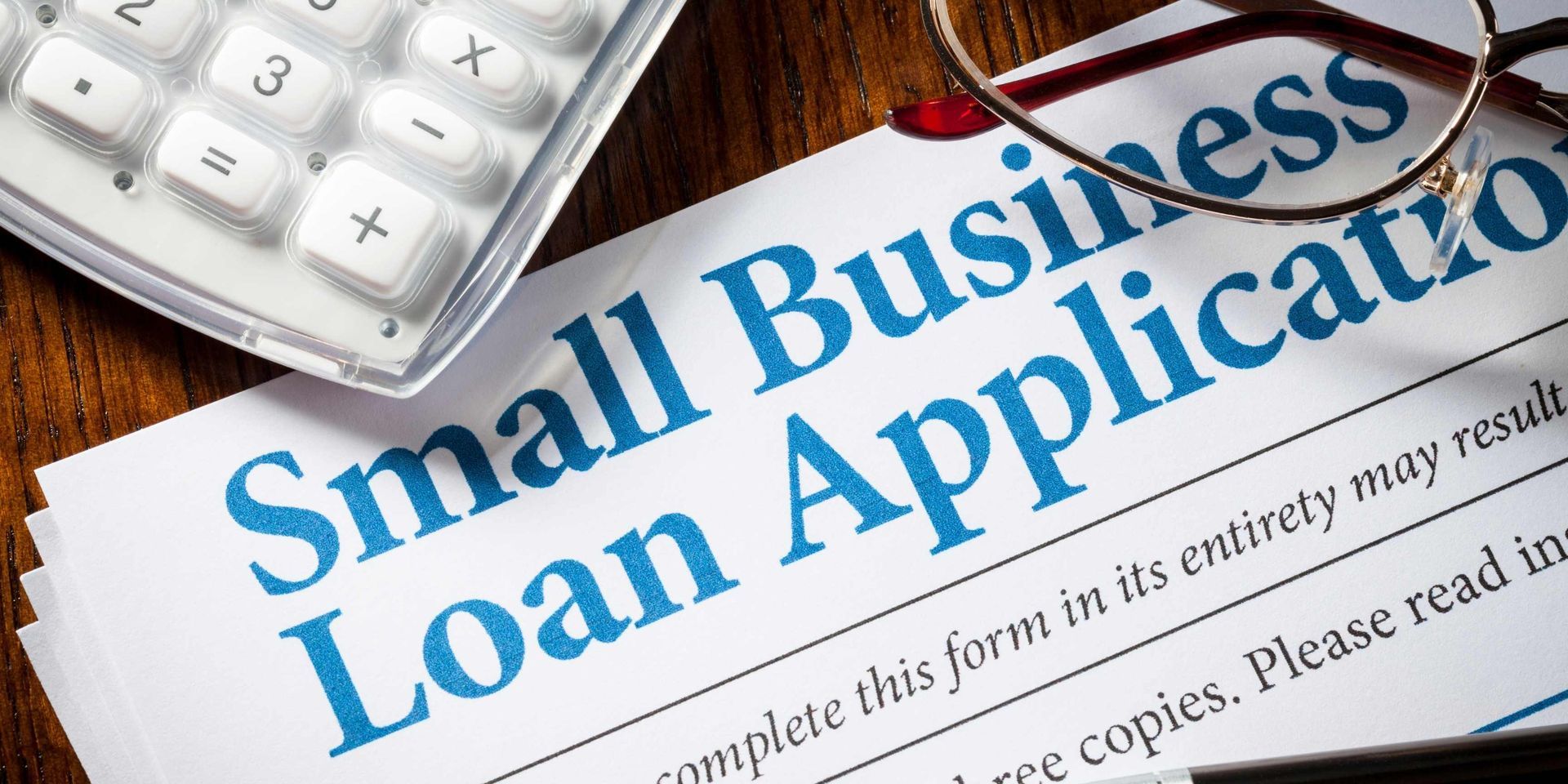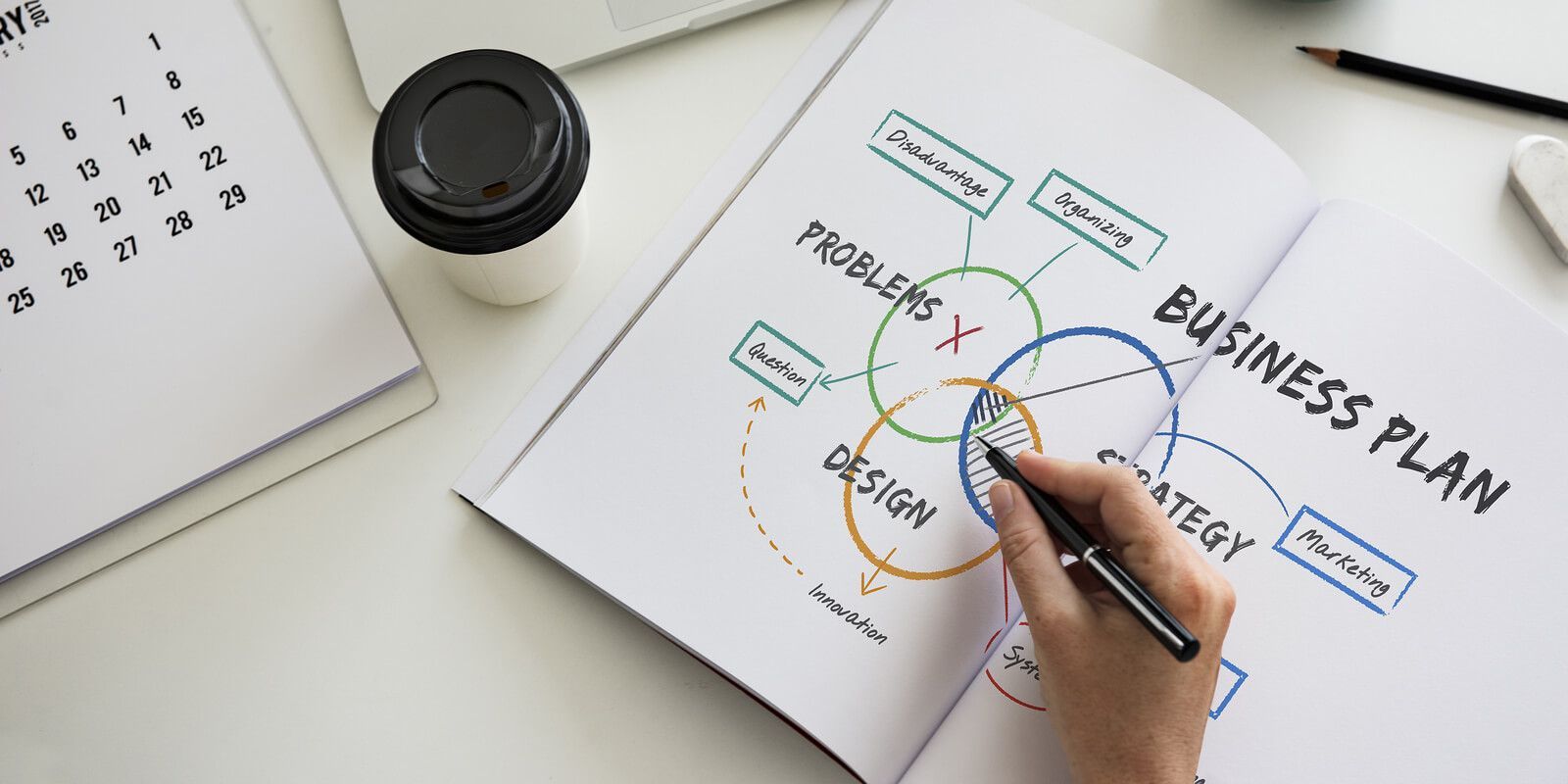Work-Life Balance in the Digital Age: Strategies for Well-being
In today's fast-paced, hyper-connected world, achieving work-life balance has become increasingly challenging. The advancements in technology that were meant to make our lives easier and more efficient have also blurred the boundaries between work and personal life. However, maintaining a healthy work-life balance is essential for overall well-being and productivity. This article will explore the importance of work-life balance in the digital age and provide strategies for achieving greater well-being.
Understanding Work-Life Balance
Work-life balance refers to the equilibrium between professional commitments and personal life. It involves effectively managing time, energy, and attention between work-related responsibilities and personal pursuits, such as family, hobbies, and self-care. Achieving work-life balance is vital for reducing stress, improving mental and physical health, enhancing relationships, and fostering overall satisfaction with life.
Set Clear Boundaries
Setting clear boundaries becomes crucial in the digital age, where work can infiltrate every aspect of our lives through emails, notifications, and remote work. Establish designated work hours and communicate them to colleagues and clients. Resist the temptation to check emails or respond to work-related matters outside those hours. By defining boundaries, you create a separation between work and personal life, allowing for greater focus and relaxation during non-work hours.
Prioritise and Delegate
One of the keys to work-life balance is effective prioritisation and delegation. Assess your workload and identify tasks that require your immediate attention. Delegate tasks that can be handled by others, both at work and in personal life. This reduces the burden on you and empowers others to contribute and grow. Remember, it's not about doing everything; it's about doing the right things.
Practice Mindful Technology Use
Technology can be a double-edged sword when it comes to work-life balance. While it offers convenience and efficiency, it can also lead to constant connectivity and digital overwhelm. Practice mindful technology use by setting boundaries on device usage, taking regular digital detoxes, and limiting social media consumption. Create tech-free zones or specific times during the day dedicated to offline activities, fostering a healthier relationship with technology and promoting presence in personal life.
Schedule Self-Care
Prioritising self-care is crucial for maintaining a work-life balance. Schedule regular breaks, exercise sessions, hobbies, and quality time with loved ones. Engage in activities that recharge and rejuvenate you. Remember that self-care is not a luxury but necessary for well-being and sustained productivity. Caring for yourself enhances your ability to perform at your best, personally and professionally.
Communicate and Seek Support
Open communication with supervisors, colleagues, and loved ones is essential for managing work-life balance effectively. Clearly express your needs, concerns, and limitations regarding workload and availability. Seek support from your network, whether sharing responsibilities at home or seeking assistance at work. Collaboration and understanding can alleviate the pressures of trying to do it all alone.
Achieving work-life balance in the digital age is an ongoing effort. Still, it is vital for overall well-being and happiness. You can cultivate a healthier balance between work and personal life by setting clear boundaries, prioritising tasks, practising mindful technology use, scheduling self-care, and fostering open communication. Remember, work-life balance is a personal journey that may look different for everyone. Strive for harmony, make intentional choices, and prioritise your well-being to lead a fulfilling and balanced life in the digital age.
